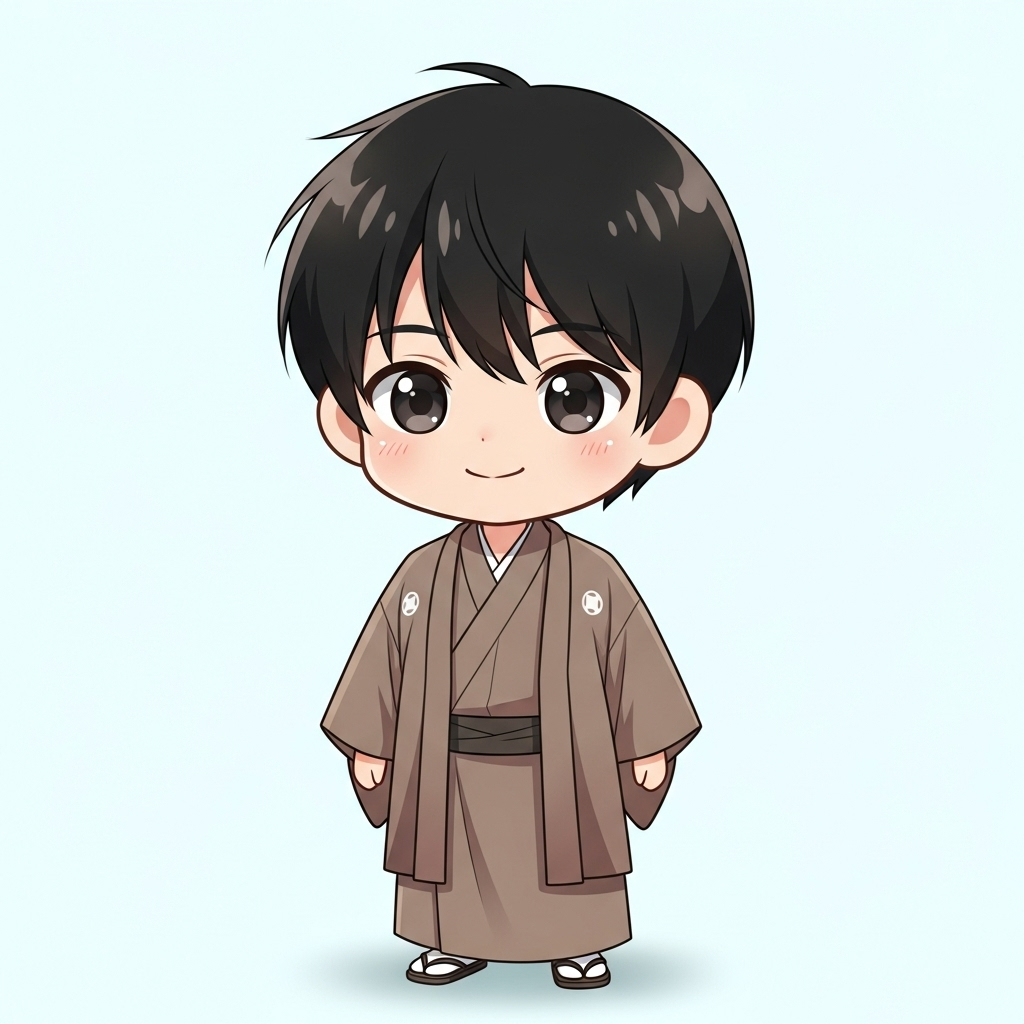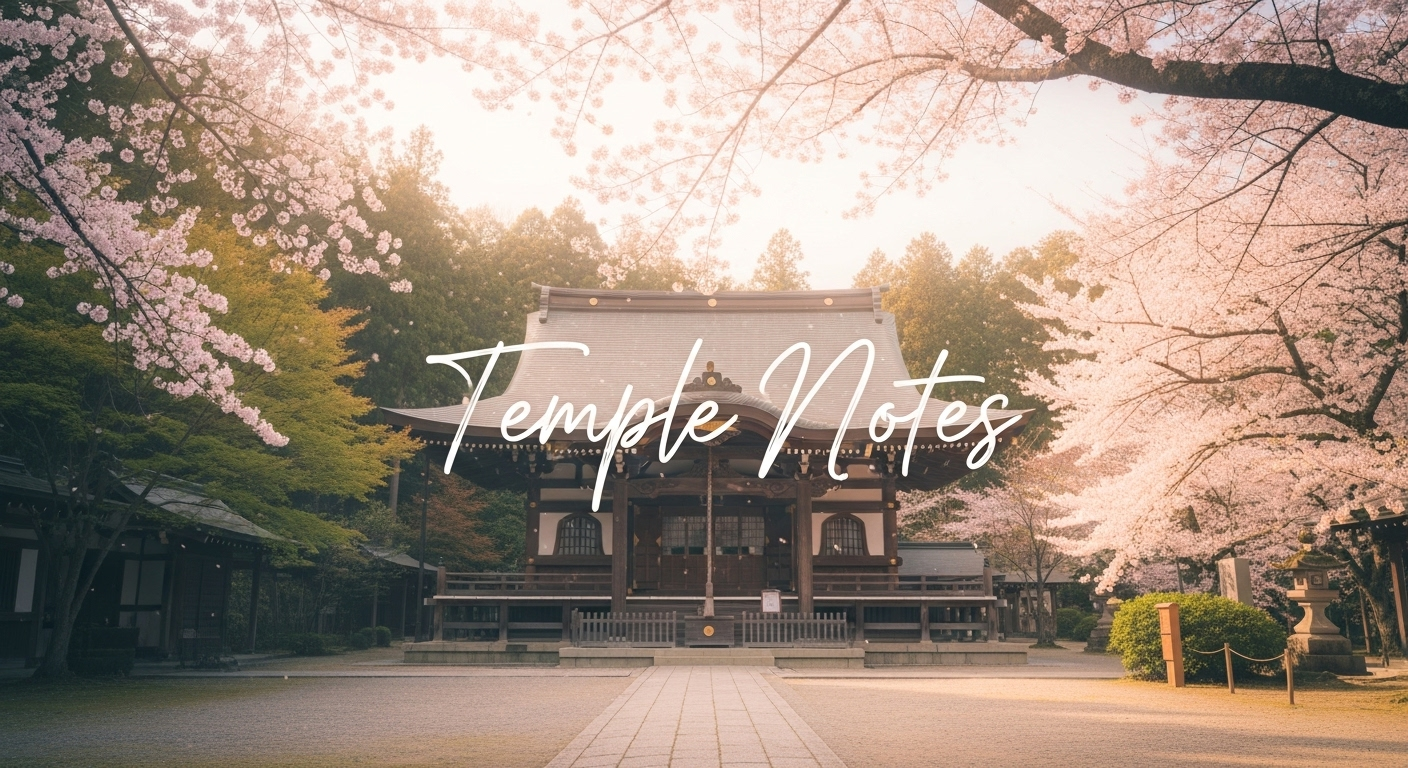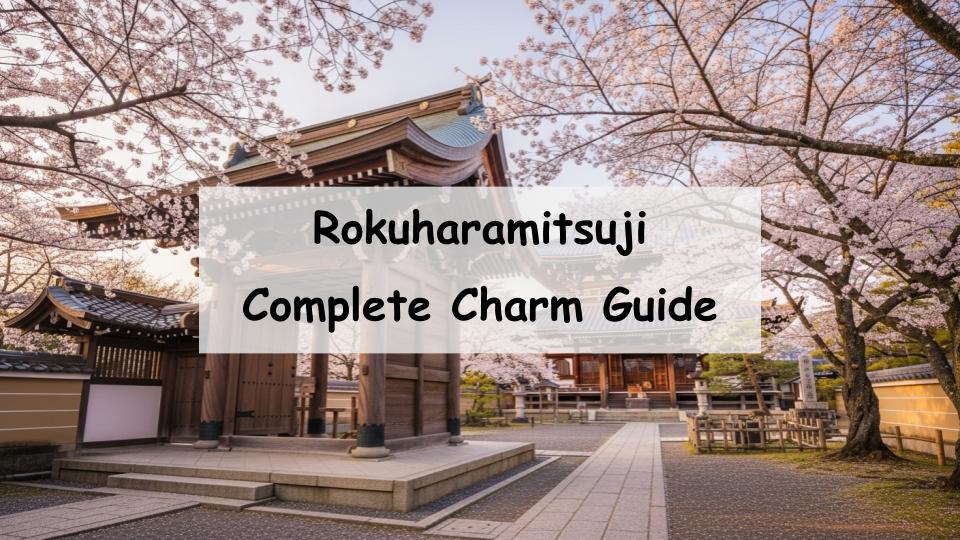When planning a trip to Kyoto, many visitors find themselves wondering, “Which temple should I visit?” or “Is there a temple with both history and blessings?” If you are among them, Rokuharamitsu-ji Temple is highly recommended. In short, Rokuharamitsu-ji is a temple that offers blessings such as “good fortune and protection from misfortune,” houses invaluable cultural treasures including the famous statue of Kūya Shōnin, and hosts seasonal events that attract visitors year-round. This article introduces the features, highlights, annual events, goshuin (temple stamps), charms, and access to Rokuharamitsu-ji. By the end, you’ll surely want to visit in person.
- What is Rokuharamitsu-ji? History and Origins
- The Charm and Features of Rokuharamitsu-ji
- Highlights of Rokuharamitsu-ji
- Events and Festivals at Rokuharamitsu-ji
- Goshuin and Charms of Rokuharamitsu-ji
- Access to Rokuharamitsu-ji
- Tips for Visiting Rokuharamitsu-ji
- Conclusion: Experience History and Blessings at Rokuharamitsu-ji
- A Message from the Guide
What is Rokuharamitsu-ji? History and Origins
Founding of Rokuharamitsu-ji and Kūya Shōnin
Rokuharamitsu-ji was founded in 951 by Kūya Shōnin, a monk remembered for spreading the practice of chanting the nembutsu and for helping the people during times of epidemic and disaster. Since its establishment, the temple has been a place of deep faith among ordinary people, and its traditions and rituals are still passed down today.
The Role of Rokuharamitsu-ji in the Heian and Kamakura Periods
From the late Heian through the Kamakura period, Rokuharamitsu-ji played a significant political and cultural role. During the rise of the Taira clan, the temple precincts expanded and many halls and statues were constructed. Although wars and fires destroyed much of it, the surviving main hall and statues preserve the atmosphere of the era and remain an important site for historical exploration.
Why Rokuharamitsu-ji is Famous for Good Fortune and Protection
Since ancient times, Rokuharamitsu-ji has been visited for prayers of protection and peace. The legend of Kūya Shōnin driving away plagues, along with events such as Setsubun rituals and the Mantōe Lantern Festival, highlight the temple’s strong association with good fortune and protection from misfortune. Visitors continue to seek peace of mind and blessings here.
The Charm and Features of Rokuharamitsu-ji
A Temple Housing National Treasures and Important Cultural Properties
Rokuharamitsu-ji is home to the Eleven-Headed Kannon statue, designated a National Treasure, along with many Important Cultural Properties. Its modern exhibition facilities allow visitors to view masterpieces from the Heian and Kamakura periods up close, making it a must-see for those interested in Buddhist art.
The Kūya Shōnin Statue as a Highlight
The statue of Kūya Shōnin is strikingly realistic, depicting him chanting with six miniature Buddhas emerging from his mouth—a representation of the six syllables of the nembutsu. This unique form captures both religious meaning and artistic skill, and it is one of the temple’s most famous attractions.
Blessings Bestowed at Rokuharamitsu-ji
Visitors come to Rokuharamitsu-ji to pray for good fortune, protection from misfortune, and even financial luck through its association with Benzaiten. Traditional items such as Kōfuku-cha (good fortune tea) are also available, offering a unique way to experience the temple’s blessings.
Highlights of Rokuharamitsu-ji
The Main Hall and the Eleven-Headed Kannon
The main hall enshrines the Eleven-Headed Kannon, a secret Buddha that is rarely shown to the public. Special viewings are held in years of the dragon and other designated times, attracting large crowds. Outside of these occasions, visitors can still admire the hall’s solemn atmosphere and architecture.
The Treasure Hall and the Kūya Statue
The recently built “Reiwa-kan” Treasure Hall houses important Buddhist statues and cultural artifacts, including the Kūya statue. This modern facility balances preservation with public display, allowing visitors to see masterpieces up close.
Scenic Spots in the Temple Grounds
Seasonal Beauty of Cherry Blossoms and Autumn Leaves
The temple grounds are particularly beautiful during cherry blossom season in spring and the autumn foliage. The combination of natural scenery and historic structures creates a quintessential Kyoto atmosphere, making each season a unique experience.
Hidden Power Spots in the Temple Grounds
Scattered throughout the grounds are smaller sacred spots linked to Benzaiten and other deities. Visitors often stop here to pray for prosperity, academic success, or other personal wishes, adding depth to their temple visit.
Events and Festivals at Rokuharamitsu-ji
New Year’s Visits and Setsubun Rituals
During the New Year, visitors receive Kōfuku-cha and pray for blessings, while Setsubun features traditional demon-chasing rituals and ceremonies for good fortune. These events are lively yet spiritual, and both locals and tourists participate.
Special Viewings and Ceremonies
The temple occasionally holds special viewings of its hidden treasures, including the Eleven-Headed Kannon and the Kūya statue. Ceremonial services and rituals are also conducted throughout the year, making each visit potentially unique.
Annual Calendar of Events
Major events include the Hatsukannon (first Kannon service of the year), Setsubun, Mantōe, and the Benzaiten Special Prayer Ceremony. Each reflects the temple’s history and religious traditions, offering opportunities to experience Kyoto’s spiritual culture throughout the year.
Goshuin and Charms of Rokuharamitsu-ji
Types of Goshuin and How to Receive Them
Rokuharamitsu-ji offers various goshuin (temple stamps), including special versions for Benzaiten or limited editions available on specific days such as “Days of the Snake.” Collectors especially enjoy visiting on these dates for unique stamps.
Popular Charms and Their Blessings
The temple’s charms include ones for good fortune, protection from misfortune, and family safety. Some are linked to Benzaiten and are believed to bring financial success. Seasonal or event-limited charms are also available, making them a meaningful keepsake.
Access to Rokuharamitsu-ji
Nearest Stations and Transportation
Located in Higashiyama, Kyoto, Rokuharamitsu-ji is a short walk from Keihan Railway’s Kiyomizu-Gojo Station or from Kyoto City Bus stops such as Kiyomizu-michi. Its central location makes it easy to combine with nearby attractions like Kiyomizu-dera, Gion, and Yasaka Shrine.
Suggested Model Course with Nearby Attractions
A popular route includes visiting Rokuharamitsu-ji first, then walking through Gion to Kiyomizu-dera and Yasaka Shrine. This half-day to full-day walking course allows you to fully enjoy Kyoto’s historic atmosphere.
Tips for Visiting Rokuharamitsu-ji
Opening Hours and Admission
The temple grounds and the Reiwa-kan Treasure Hall have set hours and admission fees, which may change over time. It is best to check official updates before your visit.
Etiquette and Important Notes
Please remain quiet inside the halls, follow photography restrictions, and respect other visitors. Be mindful of cleanliness and follow posted rules for a smooth visit.
Best Times to Visit
Early mornings or late afternoons are recommended for a peaceful experience. On days with special events or ceremonies, the temple can be crowded, so visiting on weekdays or off-peak hours is ideal.
Conclusion: Experience History and Blessings at Rokuharamitsu-ji
Rokuharamitsu-ji is a temple rich in history, cultural treasures, and traditions. From Kūya Shōnin’s legacy to priceless Buddhist statues and blessings of good fortune, it offers a truly unique Kyoto experience. With convenient access and nearby attractions, it’s a destination that can enrich your understanding of Kyoto’s spiritual and cultural heritage. Before visiting, check for special openings and event schedules to make the most of your trip.
A Message from the Guide

The six Amida Buddha figures emerging from the mouth of the statue of Kūya Shōnin are said to represent the six characters of “Na-mu-a-mi-da-butsu” (南・無・阿・弥・陀・仏).








Comment